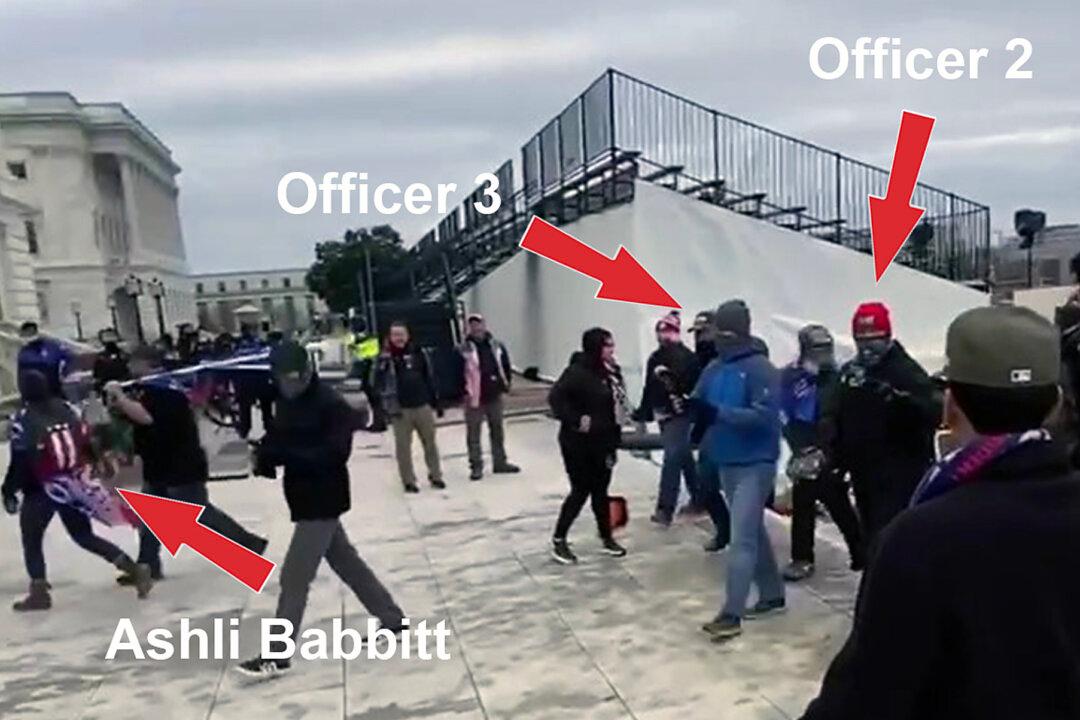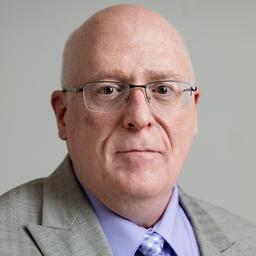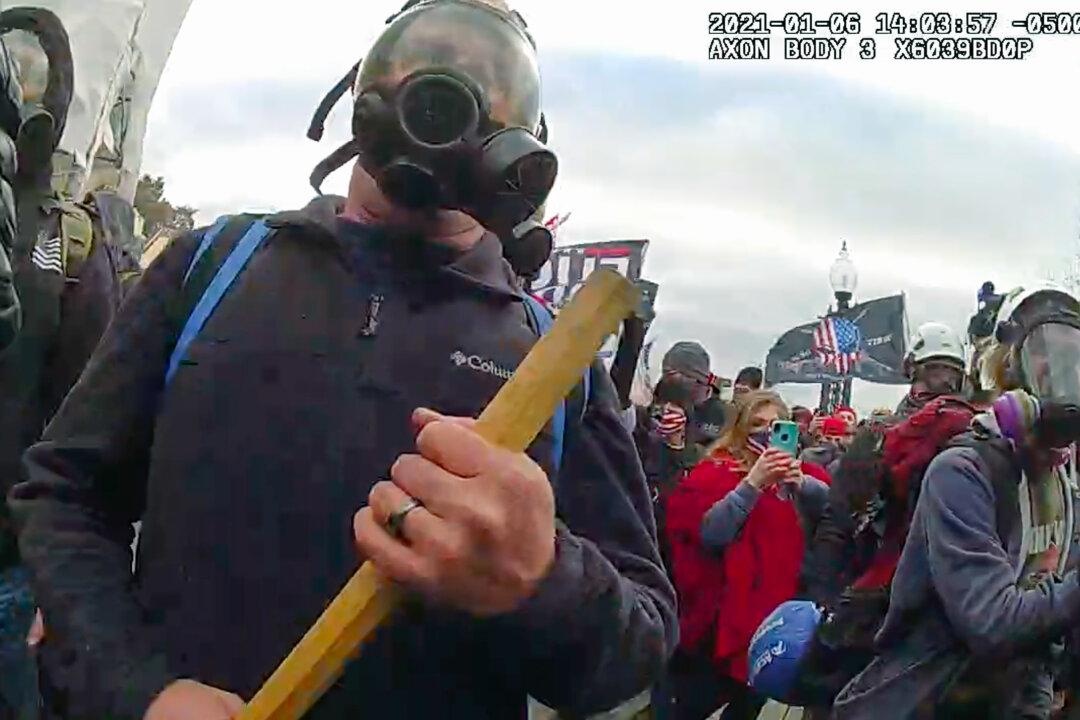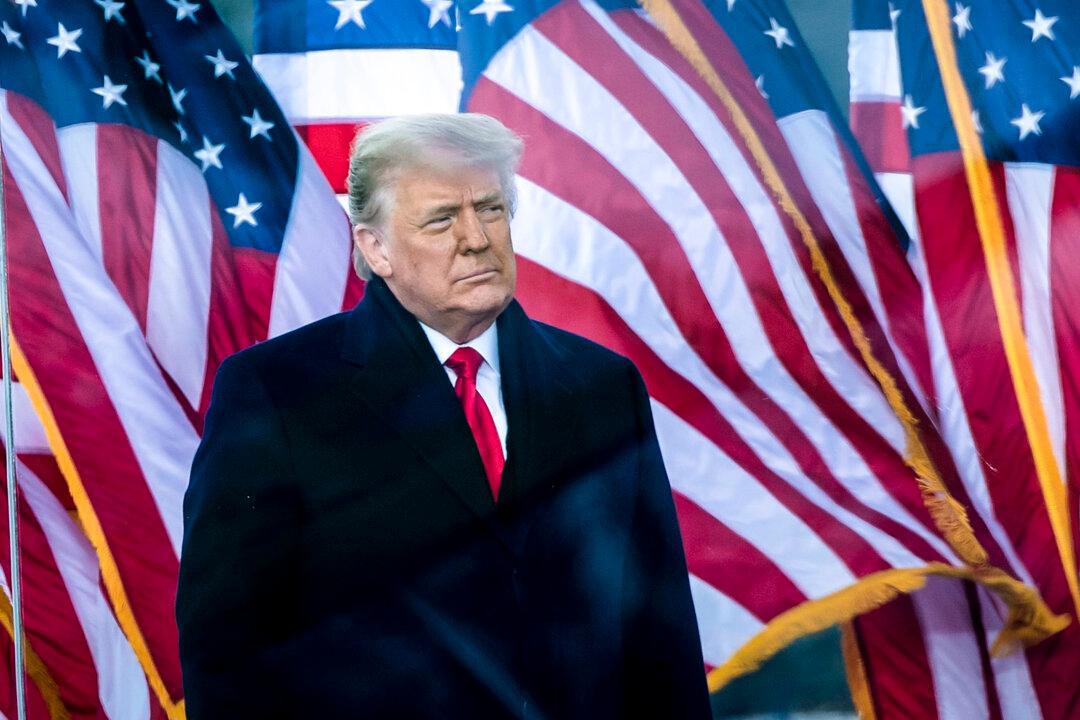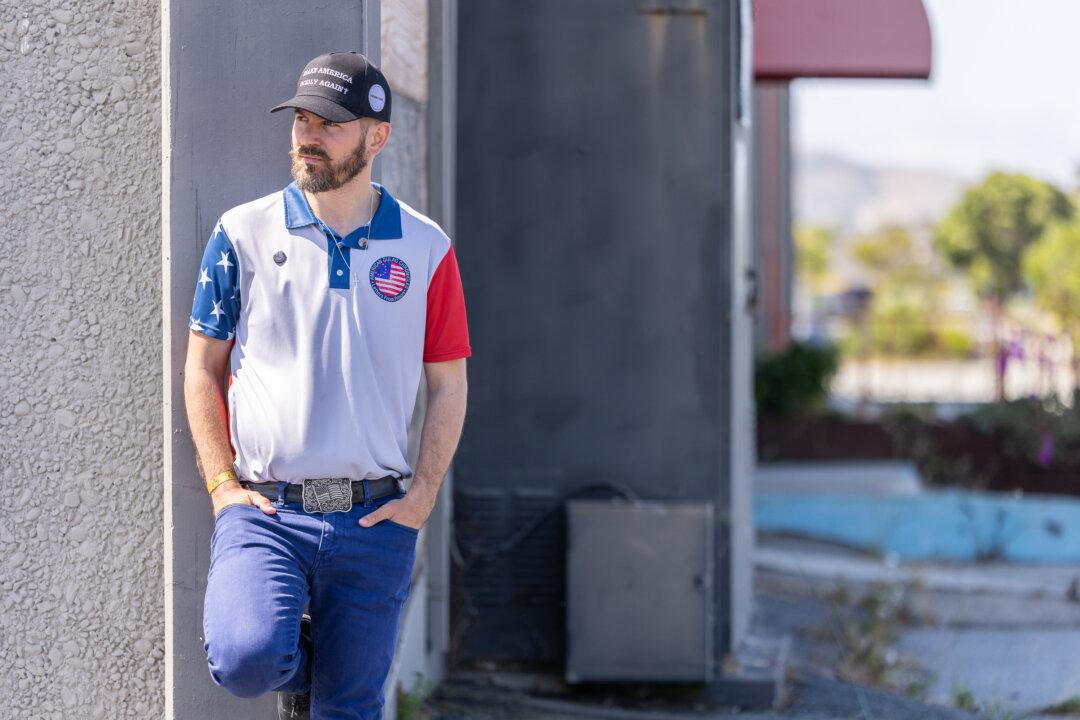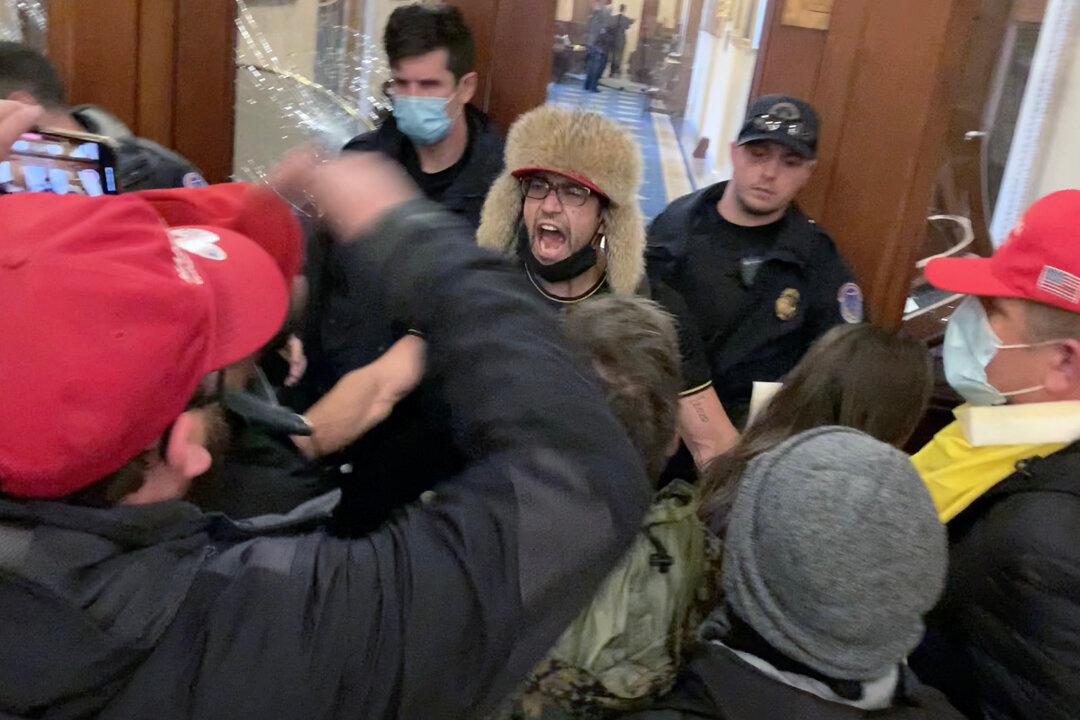Former U.S. Capitol Police Chief Steven Sund said he was not told that the Metropolitan Police Department planned to embed more than two dozen undercover Electronic Surveillance Unit officers on Capitol grounds on Jan. 6, 2021.
Testifying before the Committee on House Administration Subcommittee on Oversight, Mr. Sund said outside police agencies were always expected to give notice and have permission to operate on Capitol grounds.
